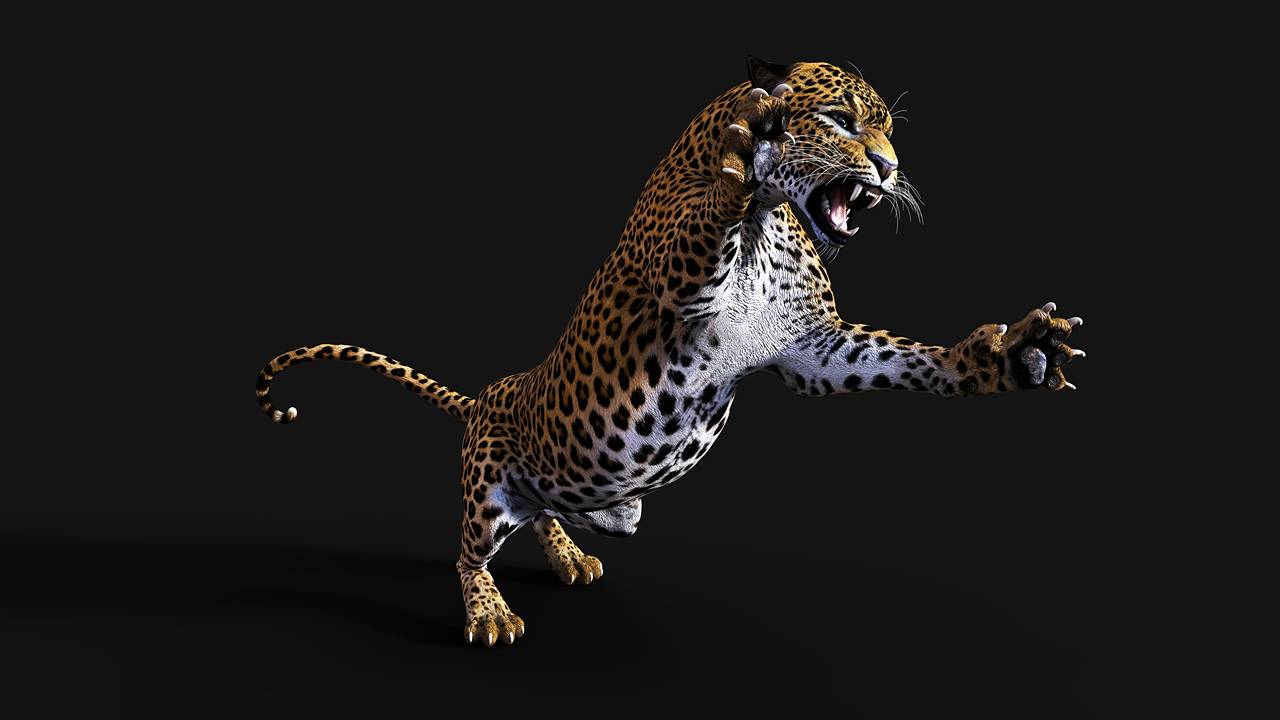Kristie Batten: Meteoric maintains Caldeira momentum in bid to build low cost rare earths monster
Today’s rare earths market may be tough, but once up and running Meteoric’s Caldeira project in Brazil will be able to weather the storm.

Stockhead
Don't miss out on the headlines from Stockhead. Followed categories will be added to My News.
One of Australia’s top mining journalists, Kristie Batten writes for Stockhead every week in her regular column placing a watchful eye on the movers and shakers of the small cap resources scene.
Meteoric Resources (ASX:MEI) managing director Stuart Gale knows he can’t control the market, but says the company’s Caldeira rare earths project in Brazil would be making money today – and is poised to get even better.
Despite Caldeira’s economics recently improving, Meteoric’s share price has continued to drift lower, closing at a two-year low of 6.7c on Friday.
But, Canaccord Genuity head of research Reg Spencer has a speculative buy rating for Meteoric and a price target of 40c, with brokers remaining bullish on the stock in spite of general weakness in the broader market.
“If you look at the rare earth space, and probably across all the critical minerals, there's not a whole lot of love out there,” Gale told Stockhead.
There hasn’t been a great deal of momentum in rare earths pricing, though neodymium-praseodymium prices rose to US$60 per kilogram recently, leading to a bit of a run in Lynas' (ASX:LYC) share price.
“If you're a developer like we are, it's just a little bit tough,” Meteoric’s Gale said.
“But the beauty about this project is that once built, even at those sorts of prices, this thing pays itself off and competes with China, so we think that's a pretty compelling story.”
Getting better
Caldeira has a resource of 740 million tonnes at 2572 parts per million total rare earth oxide, with just eight of the project’s 69 prospects drilled.
In October, Meteoric released an update to its July scoping study, incorporating the high-grade Figueira resource.
The update increased the pre-tax net present value by 14% to US$1.4 billion and the internal rate of return by 6% to 40.4%.
The project’s capital cost of US$403 million is forecast to be paid off in 2.2 years.
Operating costs are forecast to be an “industry leading” US$6.74 per kilogram of recovered TREO in a mixed rare earths carbonate, while NdPr operating costs are expected to average US$16.84/kg over the first five years.
A pre-feasibility study is underway and due for completion in the next three months.
In December, Meteoric reported ionic clay drilling results from Barra do Pacu, immediately south of the proposed Capão do Mel starter pit and plant, with thick mineralisation and grades of up to 8000ppm encountered.
Gale said the company was keen to get the results into the resource estimate and include Barra do Pacu in the PFS.
Busy 2025
Meteoric expects to go straight into a definitive feasibility study once the PFS is out.
After conducting extensive metallurgical test work with ANSTO in Australia, Meteoric plans to build a pilot plant at Caldeira.
“It obviously just helps to prove up the concept at a larger scale but also gives us a bit more product that we can then use as a way of bringing strategic partners into the business,” Gale said.
Meteoric has non-binding offtake agreements with Neo Performance Materials and Ucore Rare Metals, covering about two thirds of proposed production.
“What we're looking for is another strategic, someone that could potentially come in at the equity level, that could potentially have an offtake or support the capital structure,” Gale said.
“I think that's certainly very doable, and then also, from more of a financial perspective, we continue some of the discussions with private equity type groups just to figure out how we support this project.”
Meteoric has already received a US$250 million letter of support from the US export credit agency EXIM.
Gale said permitting was progressing in line with the company’s expectations.
“We're talking about a two-and-a-half-year timeframe, roughly from the start of to getting into construction, and I think if you look at that relative to other jurisdictions, you have to say that’s pretty damn good,” he said.
“Completion of the DFS should then pretty much align with the completion of our licence to construct, which is probably going to be the third quarter of next year.”
Meteoric is aiming to be in production by the end of 2027.
Despite market conditions, the company is focused on generating its own momentum.
“The fundamentals of this project remain and are improving,” Gale said.
“We've got great grades and great recoveries that lead to a low-cost project from a capital cost perspective, relative to other projects. It's low cost, but more importantly, our operating costs sit on the left-hand side of the cost curve and that's a place where you just have to be.
“The cost position is important because the reality of the situation is, if you're on the left-hand side of the cost curve, you can weather any of these sorts of challenging commodity price environments, and we're faced with one at the moment.”
At Stockhead, we tell it like it is. While Meteoric Resources is a Stockhead advertiser, it did not sponsor this article.
Originally published as Kristie Batten: Meteoric maintains Caldeira momentum in bid to build low cost rare earths monster


